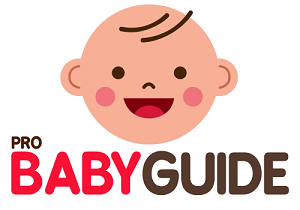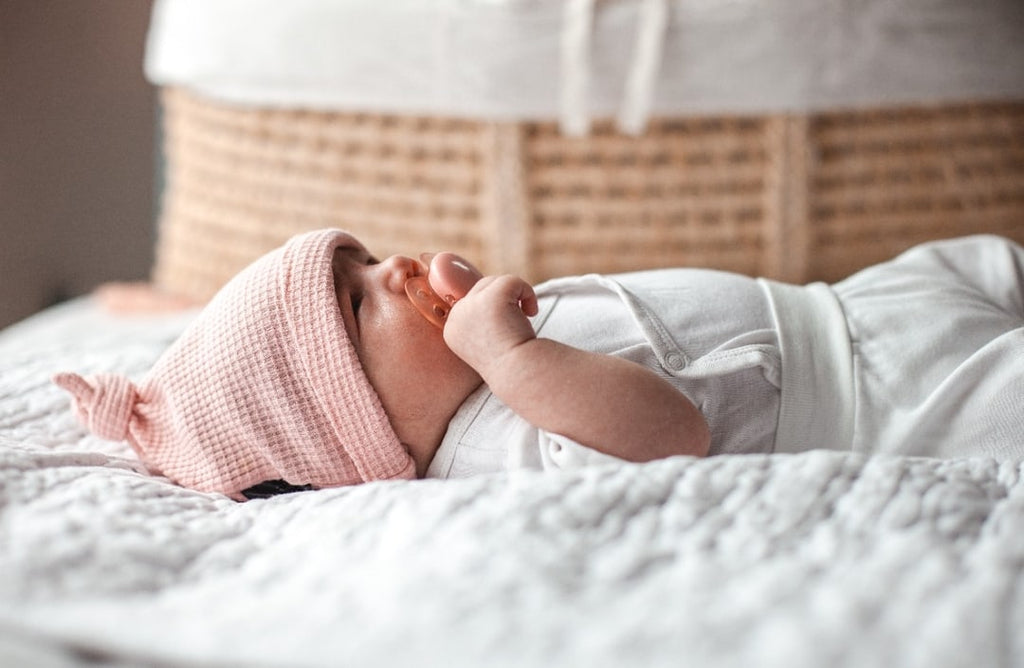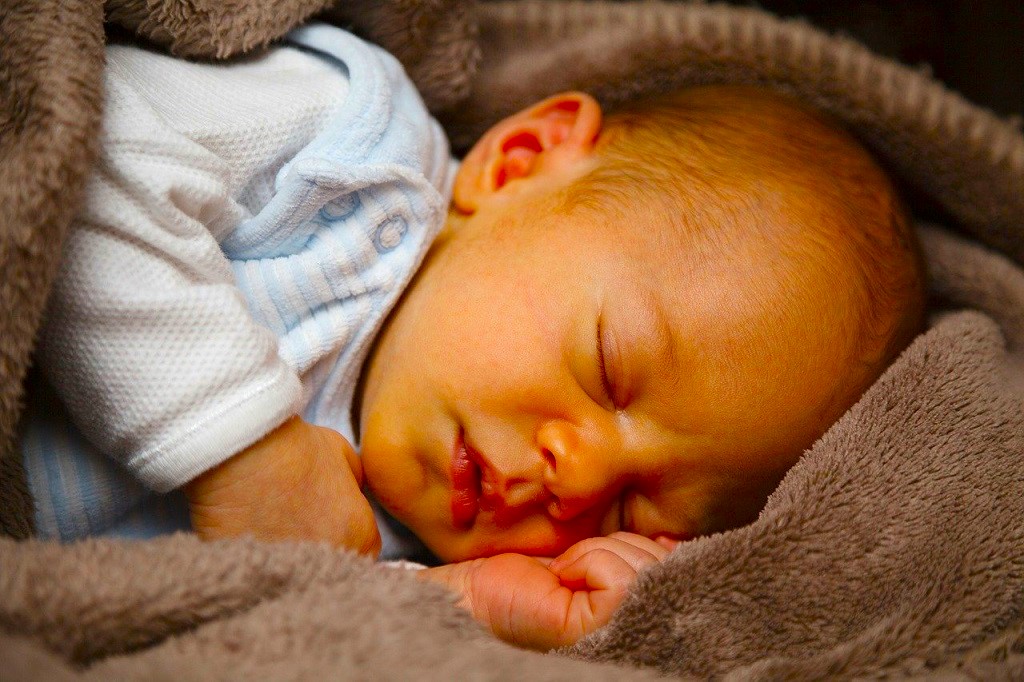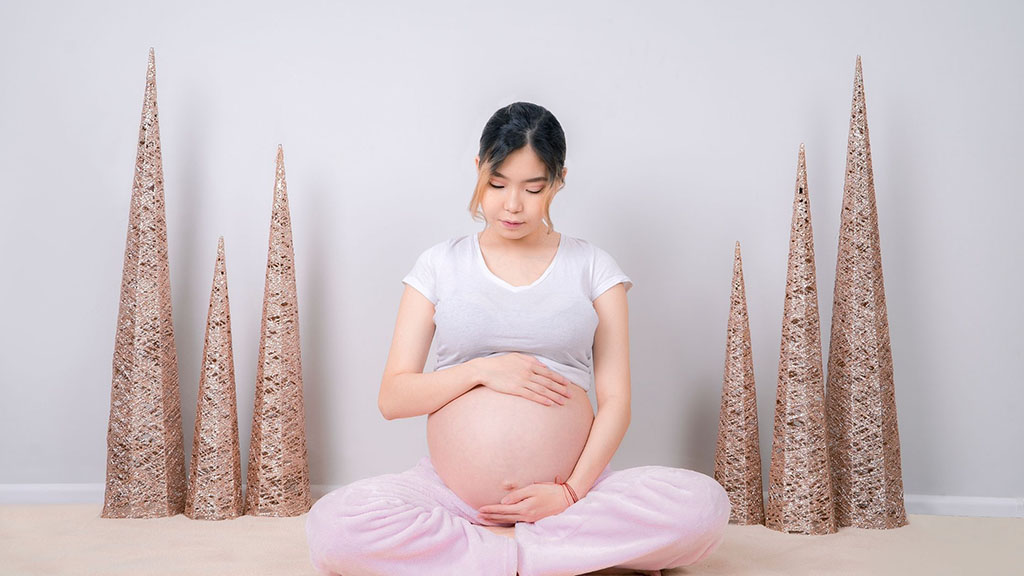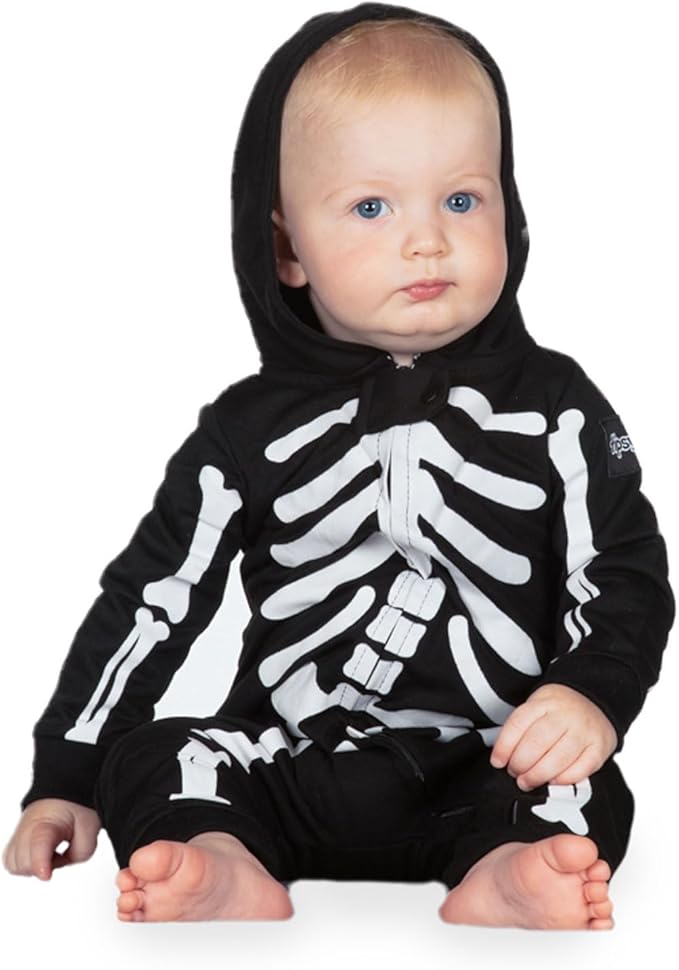Burp cloths are small, absorbent fabrics used while burping a baby to protect clothing from spit-up. Receiving blankets are larger, versatile blankets for swaddling, covering, and more.
Choosing the right accessories for your baby can make everyday care simpler and more efficient. Burp cloths, designed specifically for mopping up messes post-feeding, are an essential item for any new parent’s arsenal. Quick to grab and easy to clean, they’re ideally shaped for draping over the shoulder.
On the other end, receiving blankets serves multiple purposes. Not only are they perfect for swaddling newborns, but they also function as impromptu changing mats or cozy wraps. Both items are quintessential, yet they cater to different needs in your baby’s daily routine. Knowing their specific uses ensures you’re well-equipped for various baby care scenarios, keeping messes in check and your baby comfortable.
Understanding Burp Cloths
Embarking on the wonderful journey of parenting brings with it the need for an arsenal of baby essentials, each serving a unique purpose in the care of your little one. One such indispensable item is the burp cloth, an accessory as practical as it is simple, but often mixed up with its cousin, the receiving blanket. Let’s explore the humble yet mighty burp cloth further, highlighting why it’s an absolute must-have for new parents.
Definition And Primary Use
A burp cloth, as the name suggests, is a piece of fabric designed for parents to place over their shoulders while burping a baby. Its primary use is to protect clothing from the inevitable spills and spit-up that accompany feeding time. Not only does it serve as a barrier between parent and baby, but it also provides a soft, gentle surface for the infant to rest on.
Key Features Of Burp Cloths
- Absorbency: The best burp cloths have a high level of absorbency, quickly soaking up any mess without letting it seep through.
- Shape and design: Typically contoured to fit comfortably over the shoulder, they allow for easy positioning and use.
- Durability: Designed for frequent use and washing, high-quality burp cloths withstand the wear and tear of daily life with a baby.
Variety In Materials And Sizes
Burp cloths come in various materials, each with its own set of benefits. Cotton, muslin, and bamboo are popular choices due to their softness and absorbency. As for sizes, there are options to suit every need, ranging from compact for on-the-go to larger sizes offering more coverage.
| Material | Benefits |
|---|---|
| Cotton | Durable, soft, and easy to wash. |
| Muslin | Breathable, lightweight, and increases in absorbency with each wash. |
| Bamboo | Eco-friendly, anti-bacterial, and softer than cotton. |
Understanding the nuances between a burp cloth and a receiving blanket can significantly enhance a parent’s readiness for the ever-changing dynamics of newborn care. A well-chosen burp cloth not only gets the job done but can add a touch of comfort and ease to those cherished moments with your little one.
Receiving Blankets Explained
The arrival of a new baby calls for plenty of preparations, and understanding the essentials is a must for new parents. Among these essentials are receiving blankets, which differ significantly from burp cloths despite both being vital for infancy. A receiving blanket is a multi-functional piece that goes beyond the scope of a burp cloth, serving various needs for both the infant and parents. Let’s explore the role of receiving blankets for infants, how they stand out in materials and design, and the aforementioned versatility that makes them indispensable.
The Role Of Receiving Blankets For Infants
Receiving blankets are the Swiss Army knives of babyware. Upon arrival into the world, infants are often wrapped in these soft blankets to provide warmth and comfort. Used by hospitals and parents alike, they serve as a gentle barrier between the baby and the environment during those first crucial days and weeks of life. As babies grow, these blankets transition smoothly from hospital to home, continuing to provide comfort and warmth.
Common Materials And Design Traits
Receiving blankets come in an array of materials to accommodate different needs and preferences. These materials commonly include:
- Cotton: Breathable and gentle, ideal for delicate skin.
- Flannel: Offers extra warmth and softness, perfect for cooler climates.
- Muslin: Lightweight and airy, suitable for swaddling in warmer temperatures.
The designs tend to be simple yet adorable, often featuring patterns and colors that are visually stimulating for the baby. A typical size for these blankets is around 30×40 inches, though sizes can vary.
Versatility Beyond Swaddling
Receiving blankets boasts an incredible range of uses. Their versatility extends far beyond merely swaddling a newborn. Parents get creative with their use, employing them as:
- A changing mat in a pinch.
- A comforting layer when holding or feeding the baby.
- A protective cover for strollers and car seats against sun and wind.
- An emergency burp cloth when nothing else is available.
Furthermore, they can even find a second life as a clean play area on the floor or a nostalgic keepsake for years to come. The ability to serve multiple purposes ensures that a receiving blanket is a valuable addition to any baby’s essentials.
Evaluating Baby’s Needs
Welcome to the cozy corner of parenthood where every decision, no matter how small, is about ensuring your baby’s comfort and health. Selecting the right items for your baby can be a daunting task, especially when it comes to navigating the world of burp cloths and receiving blankets. These two essentials are key components of a baby’s layette but serve very different purposes. Let’s dive into understanding which one suits your baby’s needs based on age, mess management, and comfort requirements.
Newborn Age And Common Messes
Newborns are delicate and so are their needs. During the early months, parents spend a lot of time changing diapers and cleaning up after feedings. Not only is the frequency of messes high, but the type of mess can dictate the best tool for the job.
- Burp Cloths: Highly absorbent and ideally shaped for shoulder draping, protecting parents’ clothes from spit-up.
- Receiving Blankets: Larger and more versatile, perfect for laying down on changing tables or cleaning up larger spills.
Assessing Baby’s Spit-up Frequency
Keeping up with a baby’s spit-up frequency is an essential part of caregiving. Each baby is unique and so is their rate of spit-up. Some infants may need a burp cloth at the ready constantly, while others rarely spit up at all. Here’s a straightforward method to assess your baby’s needs:
| Spit-Up Frequency | Recommended Item |
|---|---|
| High | Burp Cloth |
| Moderate to Low | Receiving Blanket |
Note the pattern over a week to decide if a stockpile of burp cloths is necessary, or if a few receiving blankets will suffice.
Swaddle Requirements And Comfort
Swaddling helps create a womb-like environment, which soothes and helps babies sleep better. Here, the function of a receiving blanket is highlighted. A swaddle needs to be snug and secure, characteristics that receiving blankets provide with their size and flexibility. Burp cloths, while useful for quick clean-ups, are not suitable for swaddling due to their smaller size and different shapes. Consider these aspects:
- Temperature: Ensure baby is not overheated when swaddled.
- Comfort: The blanket should be soft and breathable.
- Swaddle Technique: Master a safe and effective swaddling method.
Situational Uses For Each Item
Understanding the situational uses for each item in baby care is crucial to maximizing comfort and functionality. When it comes to battling confusion between burp cloths and receiving blankets, knowing when to utilize each can make all the difference. Let’s delve into the specific scenarios where each one shines.
Ideal Scenarios For Burp Cloths
Burp cloths are a staple in any parenting arsenal, designed with specific situations in mind where they perform best:
- Feeding time: When babies burp after feeding, there’s often a chance of spills. A burp cloth placed over your shoulder can catch any milk or formula, protecting your clothes.
- Diaper changes: A quick-to-reach burp cloth can help deal with unexpected messes or wipe away dribbles.
- On-the-go: Compact and easy to pack, they are ideal for wiping up dribbles or spills when you’re out and about.
Receiving Blanket Applications In Daily Care
The receiving blanket serves multiple purposes in daily baby care, highlighting its versatility and necessity:
- Swaddling: A receiving blanket is perfect for swaddling your baby, providing a snug wrap that mimics the womb and can soothe a fussy infant.
- Tummy time: Spread out on the floor, these blankets offer a clean, soft surface for babies to play and strengthen their muscles.
- Privacy Shield: When nursing or pumping in public, a receiving blanket can offer a discreet cover for privacy.
Layering And Warmth Management With Blankets
Receiving blankets is not just for swaddling or comfort; they play an essential role in managing your baby’s warmth. Here’s how:
| Layering Technique | Benefits |
|---|---|
| Single Layer | Use one blanket for mild days to prevent overheating. |
| Multiple Layers | Layer blankets for added warmth on cooler days, easily removing layers to adjust to baby’s comfort. |
| As a Mattress Cover | Placed under the baby for extra warmth from beneath, or to protect the mattress from spills. |
Covering strollers or car seats: A receiving blanket can shield your baby from the sun or wind during outings, ensuring they stay cozy and protected.
Shopping For Burp clothes and Receiving Blankets
Shopping for Burp Cloths and Receiving Blankets is an essential step in preparing for your new bundle of joy. These items are not only functional but also contribute to your baby’s comfort. Keep in mind that while both serve distinct purposes, their selection is crucial. Burp cloths are for keeping you clean during feedings while receiving blankets are versatile and can be used for swaddling, as a play mat, or just for cuddling. As you embark on this delightful journey of choosing the best for your little one, let’s consider their main features.
Considering Absorbency And Softness
When selecting burp cloths and receiving blankets, absorbency is key. A high-quality burp cloth absorbs spills and spit-up effectively, protecting clothes from getting soiled. On the other hand, a receiving blanket should be absorbent enough to provide a quick clean-up solution while also being delicate against your baby’s skin. Look for materials like cotton, bamboo, or a cotton blend, which are known for their softness and high absorbency.
Style, Patterns, And Baby’s Wardrobe
Style and patterns play an exciting role in your choice. A bright and cheerful collection adds a touch of personality to your baby’s essentials. Often, parents choose designs that complement the baby’s wardrobe, creating an adorable and coordinated look. Whether opting for classic pastels, cartoon characters, or modern, minimalist patterns, ensure your picks resonate with your style preferences. Besides, eye-catching patterns can also be stimulating for your baby’s developing vision.
Durability And Ease Of Cleaning
Babies are cute but messy, so durability and ease of cleaning are non-negotiable when it comes to burp cloths and receiving blankets. Ideally, you want items that withstand numerous washes without losing shape or softness. Opt for fabrics like machine-washable cotton or muslin, known for their resilience. Quick-drying materials ensure that these essential items are ready for use when you need them, and items that are free from special care instructions, reduce your workload.
| Item | Material | Machine Washable | Durability |
|---|---|---|---|
| Burp Cloth | Cotton, Bamboo, Cotton Blend | Yes | High |
| Receiving Blanket | Cotton, Muslin | Yes | High |
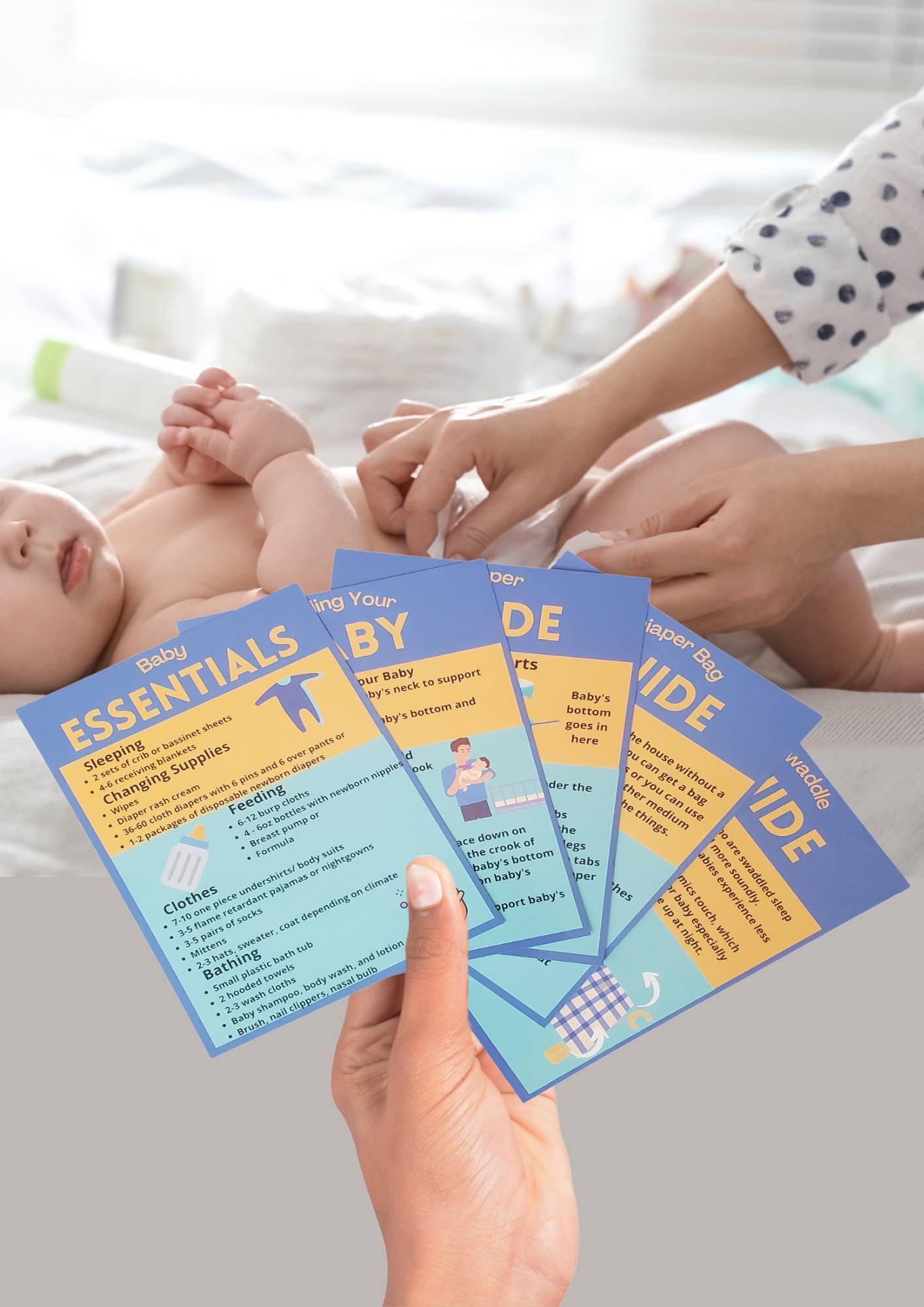
Credit: www.etsy.com
Multipurpose Items And Space-Saving
As new parents quickly realize, optimizing space and functionality is paramount when it comes to baby essentials. The ability to use items for more than one purpose not only saves on space but often turns out to be a smart economic move as well. In the world of infant care, few items exemplify multipurpose utility like burp cloths and receiving blankets. Let’s delve into how these everyday items can be used in multiple ways and provide great cost-effective solutions for parents.
Dual-purpose Baby Items Similar To Burp Cloths And Receiving Blankets
- Burp Cloths: Typically used for cleaning up after feeding, burp cloths can also serve as make-shift bibs, changing pads, or even as a quick wipe for spills.
- Receiving Blankets: Traditionally used to swaddle newborns, these blankets double as nursing covers, changing mats, or play mats for tummy time.
- Changing Pad Covers: While designed for the changing table, they are easily repurposed as a bassinet or crib sheets in a pinch.
- Diaper Caddies: No longer exclusive to diapers and wipes, these can be utilized to store baby grooming essentials or as an organizer for small toys and books.
Diy Alternatives And Cost Effectiveness
Creativity can go a long way when it comes to baby supplies. Implementing DIY solutions not only adds a personal touch but can greatly reduce expenses. Parents with a knack for sewing or crafting can repurpose old fabrics, such as soft t-shirts or towels, into new burp cloths or blankets.
- Select a soft, absorbent material, like cotton or flannel.
- Cut the fabric into the desired shape and size. A standard receiving blanket is typically 30 x 30 inches, while burp cloths are smaller and more rectangular.
- Sew the edges, or if sewing isn’t an option, use no-sew fabric tape for a quick fix.
- Personalize with baby-safe fabric paints or iron-on decals for that custom look.
With DIY alternatives, parents can control the materials and designs, leading to unique, cost-effective baby essentials that serve the same multifunctional purposes as store-bought counterparts.
Maintaining And Maximizing Longevity
When it comes to the well-being of your little bundle of joy, knowing the difference between a burp cloth and a receiving blanket isn’t just about identifying the uses but also understanding how to care for these essential items. Maintaining and maximizing the longevity of your baby’s burp cloths and receiving blankets can save you time, and money, and ensure these nursery staples stand the test of time and mess. With the right knowledge, these baby essentials can endure countless launderings and still be in great shape for future siblings or as cherished keepsakes. Dive into the world of proper care techniques, and let’s extend the life of your baby’s burp cloths and receiving blankets with the following savvy tips.
Proper Washing Techniques
Proper washing is key to keeping burp cloths and receiving blankets in pristine condition. Use the following guidelines:
- Temperature: Wash these items in warm water to help remove stains and germs effectively.
- Detergent: Opt for a gentle, baby-friendly laundry detergent free of dyes and fragrances.
- Pretreat Stains: Apply a stain remover to any noticeable spots before washing.
- Gentle Cycle: Use a gentle cycle to prevent wear and tear on the fabrics.
- Drying: Tumble dry on low heat or air-dry to minimize shrinkage.
Storage Tips For Long-term Use
Storing your baby’s textiles properly can greatly impact their longevity. Consider the following storage tips:
| Clean Before Storing | Ensure items are thoroughly cleaned to avoid mold or mildew formation. |
|---|---|
| Choose the Right Container | Store in a breathable cotton bag or a container away from direct sunlight and moisture. |
| Avoid Plastic | Plastic bins can trap moisture, so it’s best to avoid them for long-term fabric storage. |
| Easy Access | Keep frequently used items within reach and store seasonal or less used items separately. |
Safety Considerations
Caring for your baby’s items isn’t just about cleanliness and storage, safety is paramount. Follow these considerations to ensure safety:
- Avoid Loose Threads: Regularly inspect for and remove any loose threads that could pose a choking hazard.
- Check for Wear and Tear: Replace any items that show significant signs of wear to prevent further damage.
- Non-Toxic Materials: Confirm that all detergents and cleaning agents used are non-toxic and safe for your baby.
Frequently Asked Questions Of Burp Cloth Vs Receiving Blanket
What’s The Difference Between Burp Cloth And Receiving Blanket?
Burp cloths are smaller and designed specifically to drape over the shoulder while burping a baby. Receiving blankets are larger multipurpose blankets used to swaddle a baby, as a play mat, or layer for warmth.
When To Use A Receiving Blanket?
Use a receiving blanket when swaddling your baby for sleep, provide a clean play area, or keep them warm. It’s versatile and suitable for various purposes beyond just after-feed cleanups.
Are Burp Cloths Necessary For Babies?
Burp cloths are essential for absorbing spit-up and drool after feeding a baby. They protect clothes from stains and are a practical accessory for parents during their baby’s burping routine.
Can Receiving Blankets Double As Burp Cloths?
Receiving blankets can be used as burp cloths, especially in a pinch, but they might be too large for convenient over-the-shoulder use. Dedicated burp cloths are more practical due to their appropriate size and shape.
Conclusion
Choosing between burp cloths and receiving blankets depends on your needs. Burp cloths offer mess protection with a smaller size, ideal for feedings. Receiving blankets are versatile, doubling as swaddles or play mats. Both essentials support your baby’s comfort; select according to your daily routine and preferences.
Embrace parenthood’s journey with the right tools by your side.
